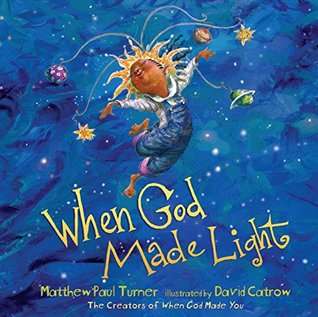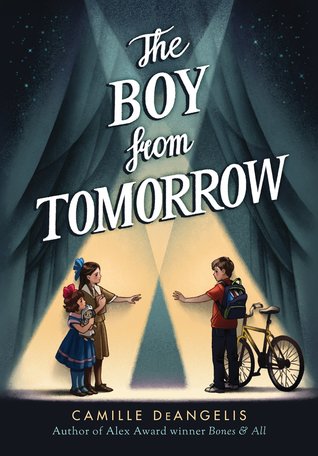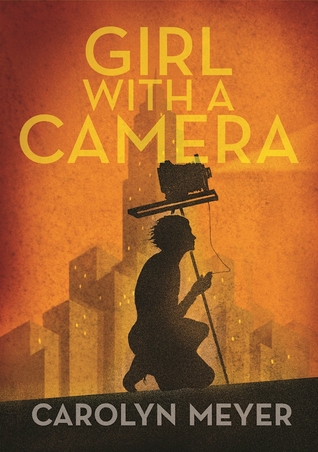
I recently watched a webinar on nonfiction titles and heard some interesting statistics. The speaker talked about a study that showed children enjoy expository text as much as or more than narrative, and that over 40% actually prefer expository style. Books of that type tend to be "all about" books that cover a subject and share all sorts of facts and details.
Well, luckily for those young readers, there are books such as Terrific Tongues. With a playful yet informative approach, the author describes tongues that act like straws, mops, swords, and even windshield wipers. The format of the book starts with a proposition, "If you had a tongue like a ------, you might be a..." The illustration shows a monkey sporting a tongue to match the description, and then the following page reveals the animal that actually possesses such a tongue. The revelatory page gives details about the specific animal explaining how it uses its unique tongue, and the illustration shows that tongue in action.
Readers have a hint that this books will be more than just a dry recitation of commonly known facts just from the cover. Sure, there is an image of a frog on a lilypad flicking out its long tongue. But- that tongue is taking hold of the exclamation mark at the end of the title, not something that frigs generally try to eat. And the amusing monkey who introduces each new animal is shown doing things like licking his face clean with a washcloth tongue, or being shot from a bow attached to his arrow-like tongue. The humor combined with the extraordinary facts will surely fascinate young readers. Back matter includes more information about each of the animals in the book and their tongues, as well as details about eight more types of amazing tongues not covered in the main text.
This is perfect for readers who enjoy nonfiction, books about animals, and odd nature facts. The picture book format also makes it great for a read-aloud about animal adaptations. Highly recommended for elementary age students, classrooms, and libraries.
I received a copy from the publisher for review purposes.














